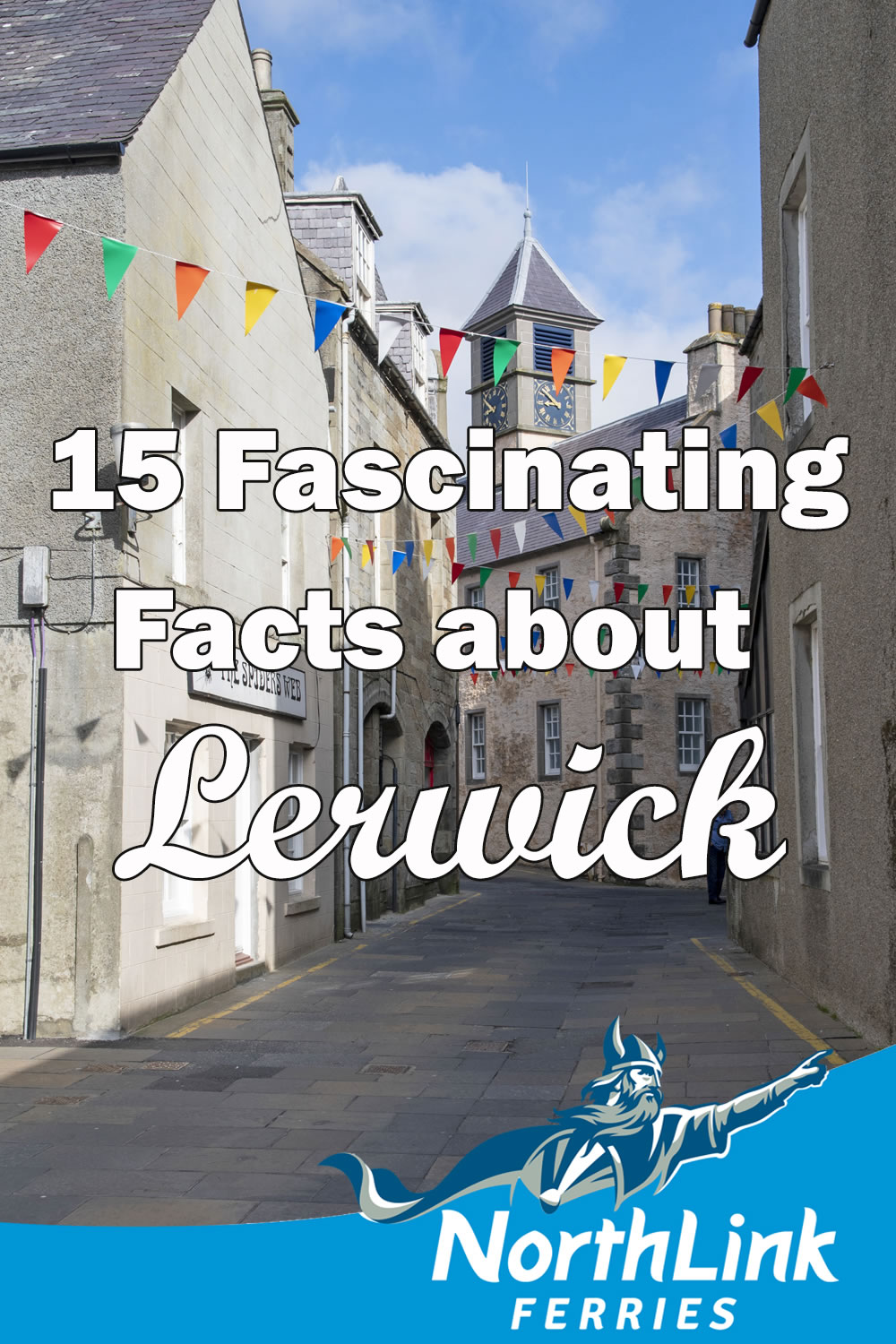15 Fascinating Facts about Lerwick
My name is Laurie Goodlad and I am a writer and a tour guide with a business called Shetland with Laurie. It’s an honour to have been invited by NorthLink to speak about all the reasons I love Shetland. Growing up in the islands, I know how much this place I call home can get under the skin. In this blog I will share with you 15 fascinating facts about Lerwick.
Shetland’s population of just 23 thousand lands more fish than the 61 million living in England, Wales and Northern combined.
Today I live in Lerwick, and I often feel like a traitor to my roots – Scalloway. Scalloway, six-miles to the west of Lerwick has a long-standing (friendly) rivalry with Shetland’s main town, Lerwick. This brings me on to my first fact about the town:
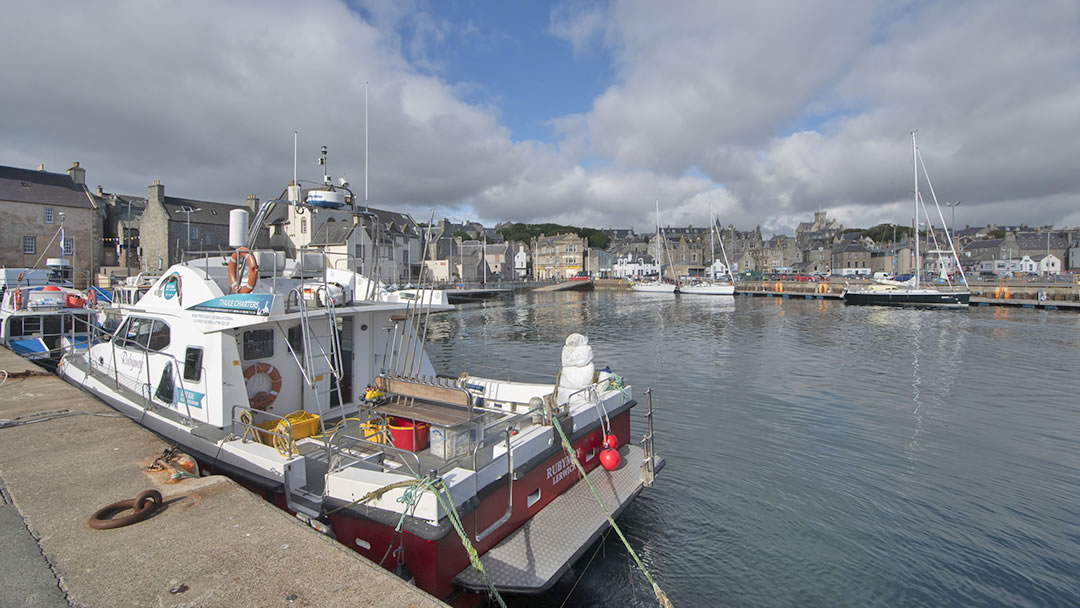
1. Lerwick only became the capital of Shetland in the 1830s.
Prior to this, Scalloway was the main seat of power in the islands. Interestingly, this means that the town of Lerwick is more ‘modern’ than some ‘New World’ American cities!
To elaborate, Lerwick was not a natural choice for a town and Scalloway, a few miles to the west, was a far better option for a number of reasons. Scalloway sits at the foot of a fertile limestone valley and has a wide, natural harbour close to rich fishing grounds, and there is a good supply of fresh drinking water. Lerwick did not share these qualities, and the land where the town now stands was only ever used for grazing animals from the neighbouring township of Sound (which has now been swallowed up by the town).
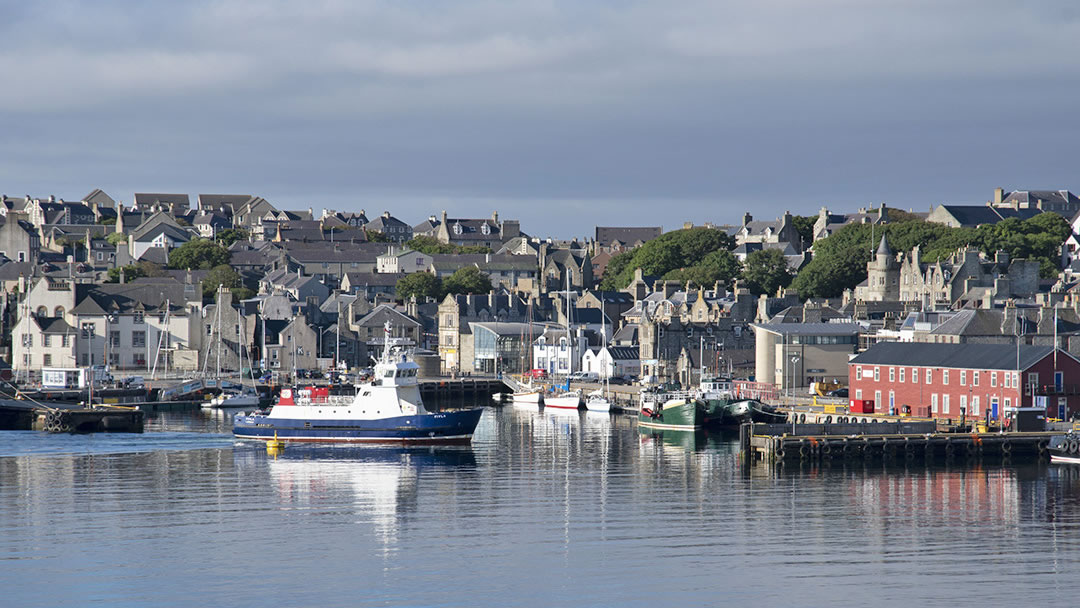
2. The name Lerwick comes from the Old Norse word ‘Leirvik’, meaning the ‘muddy or clay bay’.
This type of descriptor – naming the place after its geographical topography or use – was common throughout Shetland and, today, 95% of our place-names can be traced back to the Old Norse language that was spoken here until a few hundred years ago.
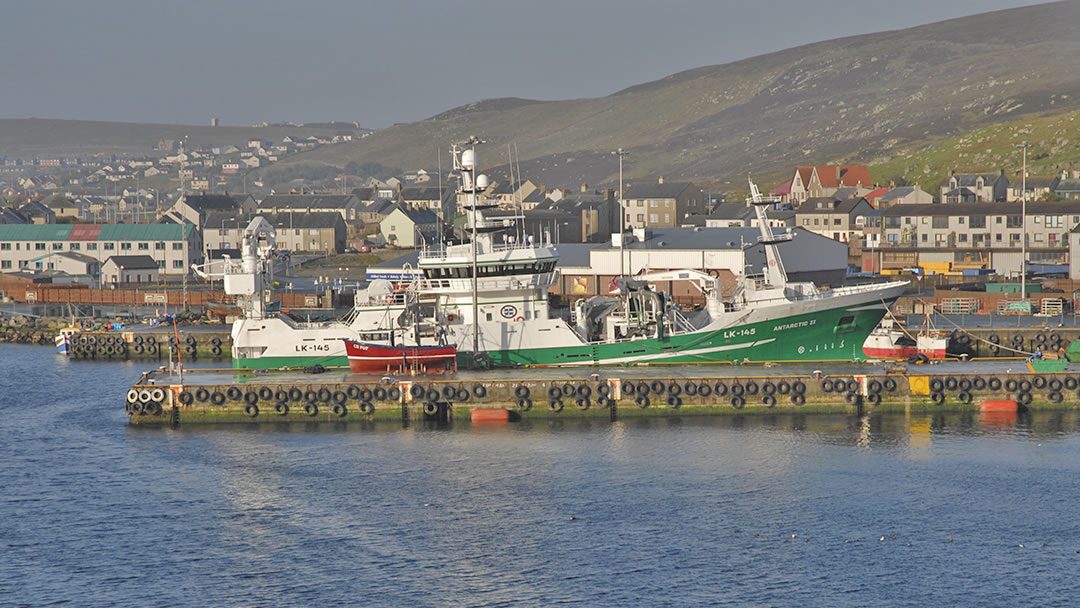
3. There are more fish landed in Shetland than in the whole of England, Wales and Northern Ireland combined.
Shetland has two fish markets, one in Lerwick and the other in Scalloway. Continued investment into Shetland’s fishing industry has ensured that this year, new, state-of-the-art fish markets will open in both Lerwick and Scalloway, covering both the east and west coast of Shetland fishing grounds.
To put this into context, Shetland’s population of just 23 thousand lands more fish than the 61 million living in England, Wales and Northern combined. It will come as no surprise that, as a result, fishing is the mainstay industry in the islands, and combined with aquaculture, makes up half the local economy.
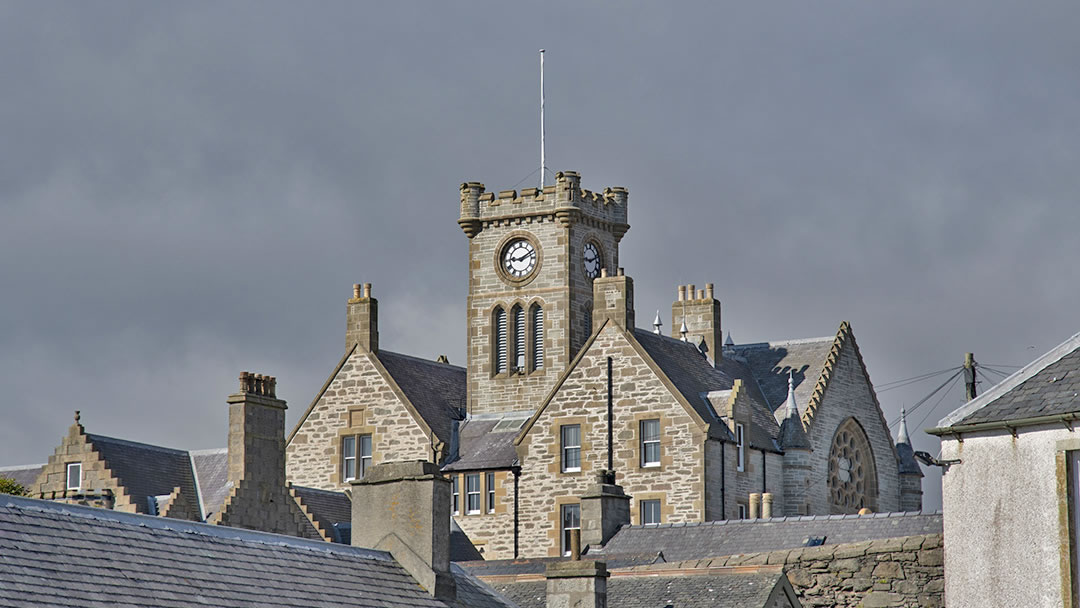
4. Lerwick’s impressive Town Hall that dominates the town was completed in 1883 and was only a year in the making.
Imagine that today? Sandstone was quarried from the neighbouring island of Bressay to build the main structure and the finishings were made using imported sandstone. When it was built, locals complained that it faced the ‘wrong way’.
At the point of building, the town of Lerwick didn’t extend past the Town Hall on the Hillhead but, one forward-thinking town councillor, said that it faced the new town of Lerwick that would follow, and it did, Lerwick continued to grow rapidly throughout the late 19th and early 20th century and, as predicted, the Town Hall faced the ‘New Town’.
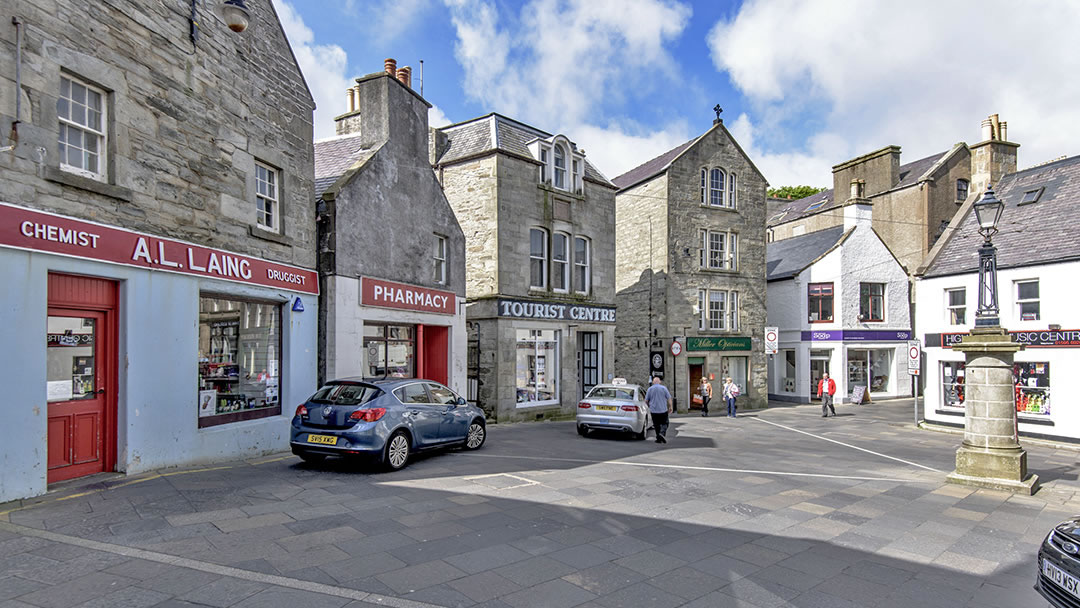
5. The first port of call for most visitors to Shetland (and rightly so) is the Tourist Centre in the heart of the town centre.
This area is historically very interesting – while you’re here, stand at the Market Cross (where the proclamations were first read from when Lerwick became the capital) and imagine the scene from about 1600… The area you stand would have been the original foreshore and, at the Market Cross, a sandy beach – similar to that that you will see at Bain’s beach – would have looked across to Bressay. Now, from the Market cross you look over the Esplanade and on to Victoria Pier.
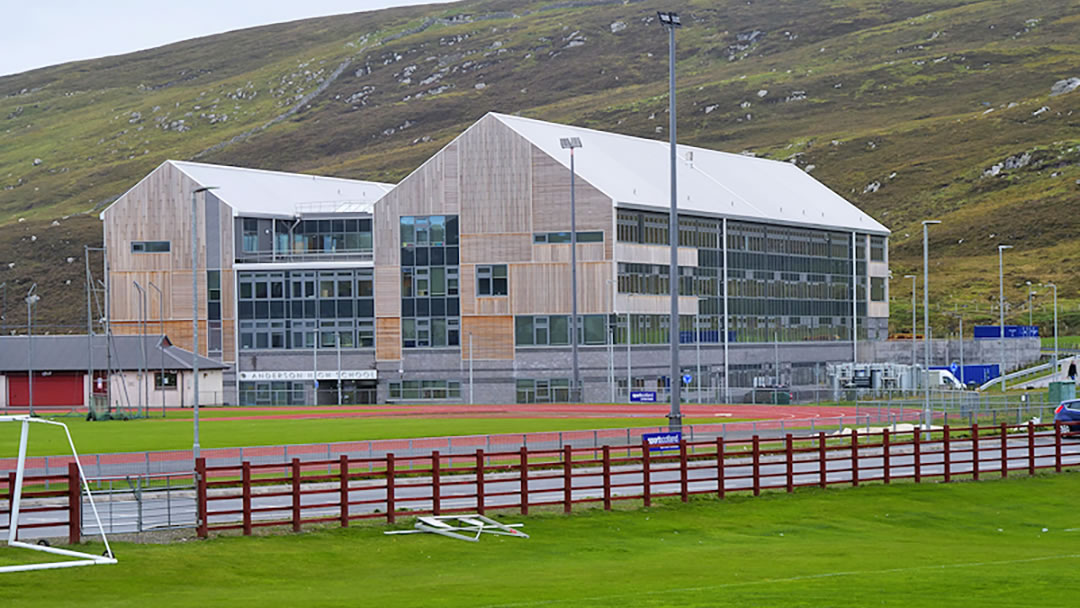
6. Lerwick, like other places the world over, also has a few ‘famous faces’.
Arthur Anderson is one of the most notable of these. A ‘beach boy’ (not the famous band), his early job involved looking after fish that were drying on the beach for export. The job of the beach boy was to lay out the split whitefish to dry on stone beaches. They would watch for approaching rain showers and, if a shower was coming, the fish were piled up and covered to ensure they wouldn’t get wet.
Arthur Anderson left Shetland to join the Navy and, when he left, his boss gave him one piece of advice: ‘Do weel an persevere’. Arthur Anderson did well for himself, as a lot of Shetland emigrants did, he became a co-founder of the Peninsular and Oriental Steam Navigation Company (better known as the P&O Shipping Line).
He made his fortunes overseas, yet he never forgot his island home and he became a great benefactor to Shetland. He founded the Widows’ Homes at Twageos in 1865, these were intended as homes for the widows of fishermen and seamen. He also funded the first High School in Lerwick, the Anderson Institute. Today, the new high school (pictured above) that opened a few years ago, still bears his name.
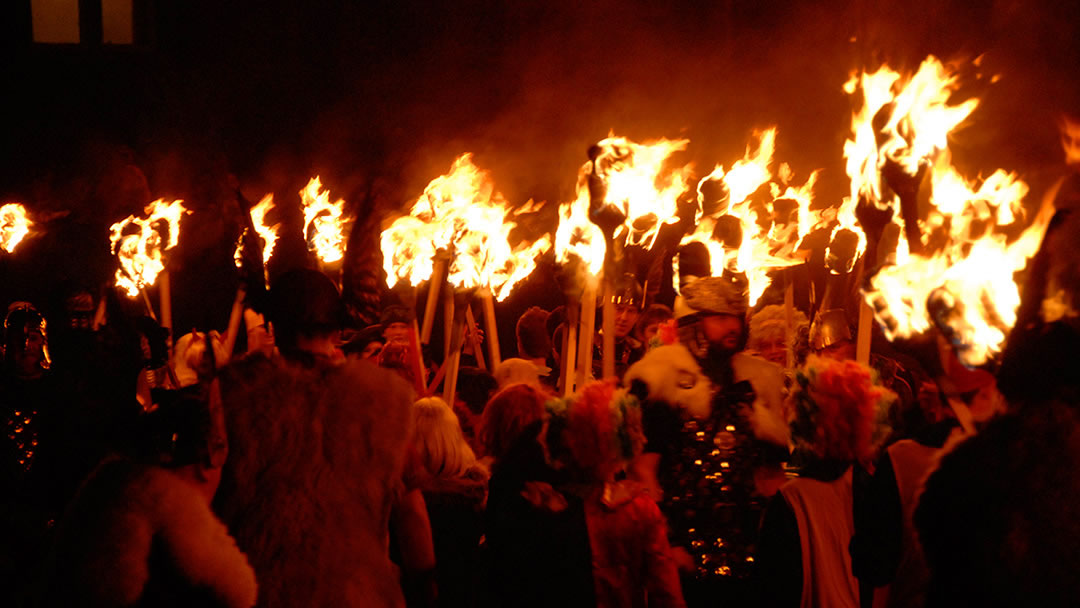
7. Lerwick was burnt to the ground in 1625 and it had nothing to do with the fire festival, Up Helly Aa!
This happened after an edict from Scalloway, the then capital, that stated that trade with the small hamlet at Lerwick was prohibited. It was demolished because of the lawlessness seen in the area, including, drunkenness, theft, prostitution, assault and murder… Remember, at this time, Lerwick was not the capital, just a growing town, Scalloway was very much the central seat of power at this time. But don’t worry! Lerwick has since cleaned up its act and is a wonderful town to while away an afternoon.
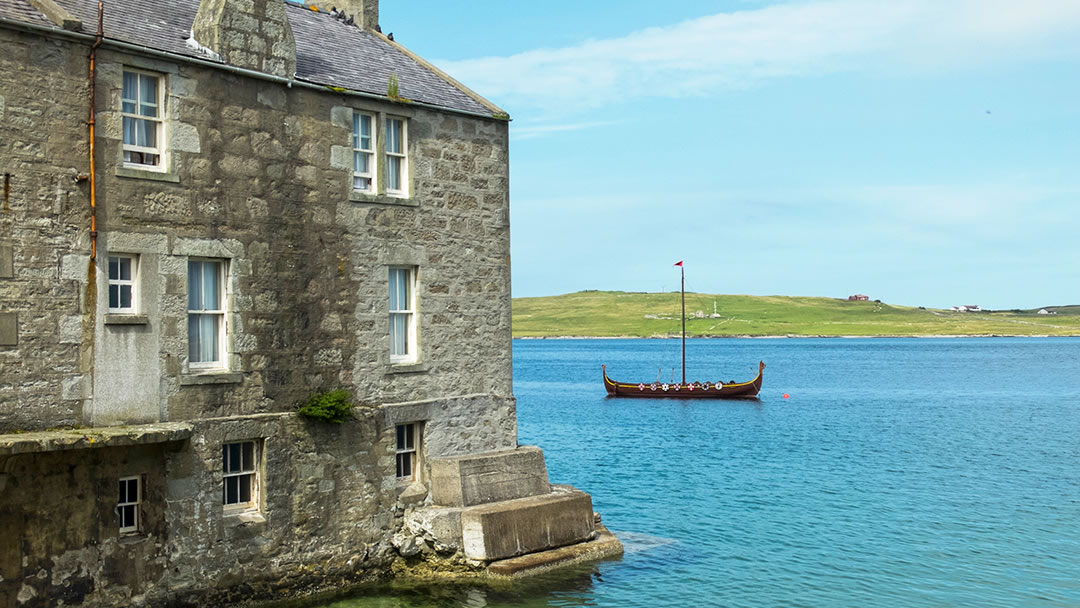
8. Number seven brings me on to this point: Lerwick is said to have been built on smuggling!
From the 1600s, many Dutch fishermen arrived in Bressay Sound (Lerwick’s sheltered harbour) every June to undertake the summer herring fishery. With their arrival, locals would attend the foreshore to trade fresh goods, woollens and other local produce. In exchange, brandy, gin and tobacco were bartered and smuggled ashore in a series of underground tunnels that ran the length of Commercial Street. As a result, small trading booths sprang up along the shore for both legal, and illegal trade.
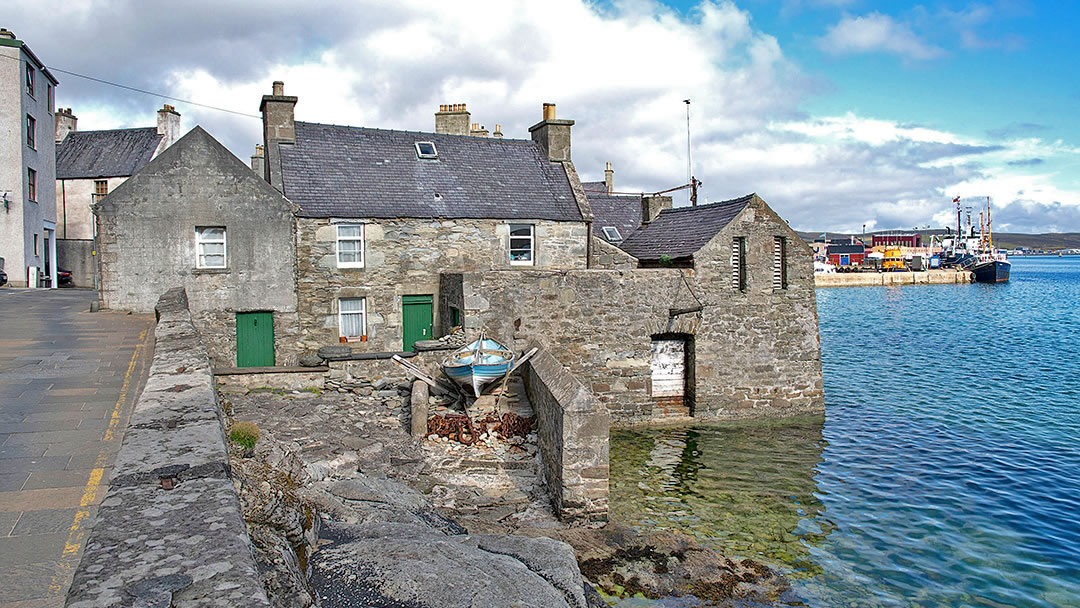
9. One of my favourite spots in Lerwick, and one connected to the smuggling trade, is the Lodberrie;
instantly recognisable by many visitors as the home of Detective Inspector Jimmy Perez in the fictional TV crime drama Shetland.
This building, dating to about 1772 was one of 21 lodberries that lined the foreshore in Lerwick by 1814. The word lodberry comes from the Old Norse hladberg and means ‘a landing place, or a landing stone’ and describes the type of use these utilitarian – yet beautiful – buildings were designed for.
Ultimately these were trading booths, built with their foundations in the sea. Winches, that can still be seen today, unloaded boats berthed alongside and legal goods were then sold from street-side shops, and the illegal goods were taken into the maze of tunnels that ran underneath the street – and feet – of the customs men.
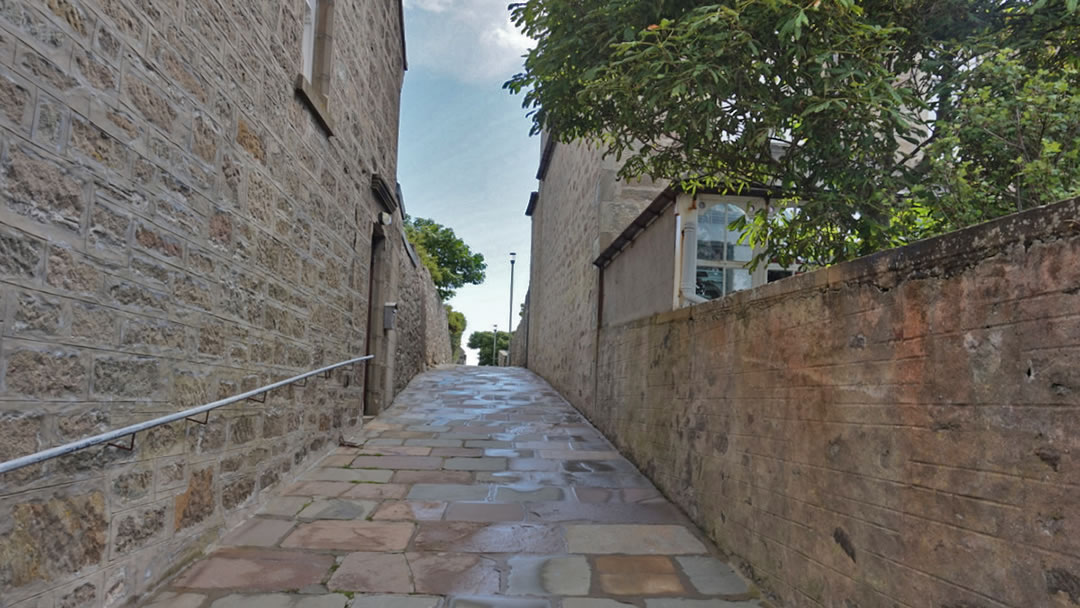
10. Many of the Lanes in Lerwick have two names and this is always a baffling thing for visitors – and locals alike.
Basically, what happened was, as the town grew, the lanes became very overcrowded and dirty, with open sewers and fish effluent tossed out into the streets, making it an unsavoury place to stay – or visit.
Infectious disease would spread quickly amidst the overcrowding and squalor so, in the 1830s, a Police Commissioner was tasked with ‘improving’ the area.
What he did, bizarrely, was rename them all so, Sheriff’s Closs became Law Lane and Leask’s Closs became Pitt Lane, and so on. Sanitation and drainage, the means to really improve the situation for Lerwick’s poor, weren’t installed until the 1870s. Madness.
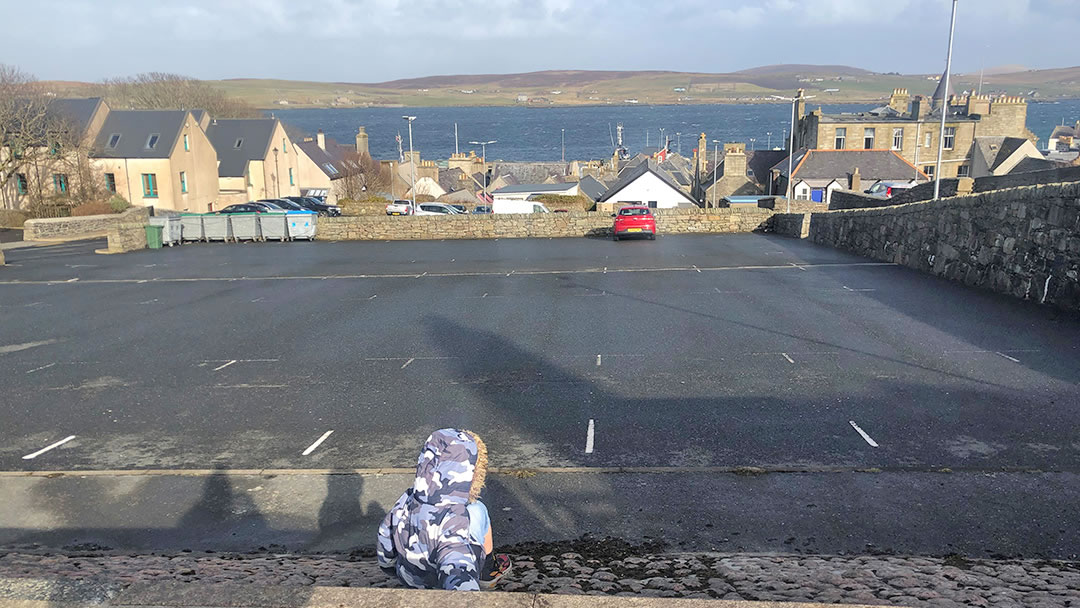
11. Another interesting fact and one that leaves many visitors scratching their heads is when locals refer to parking at the Swimming Pool car park.
Visitors would be right to assume that this means the Clickimin Leisure Centre (where the pool is based), but that would be wrong. The Swimming Pool car park is sited on the Hillhead, between the Town Hall and Quendale Lane, and is where the old swimming pool was – about 30 years ago. But, locals are hard-pressed to let go of the past and this will always be known as the Swimming Pool car park. So now you know!
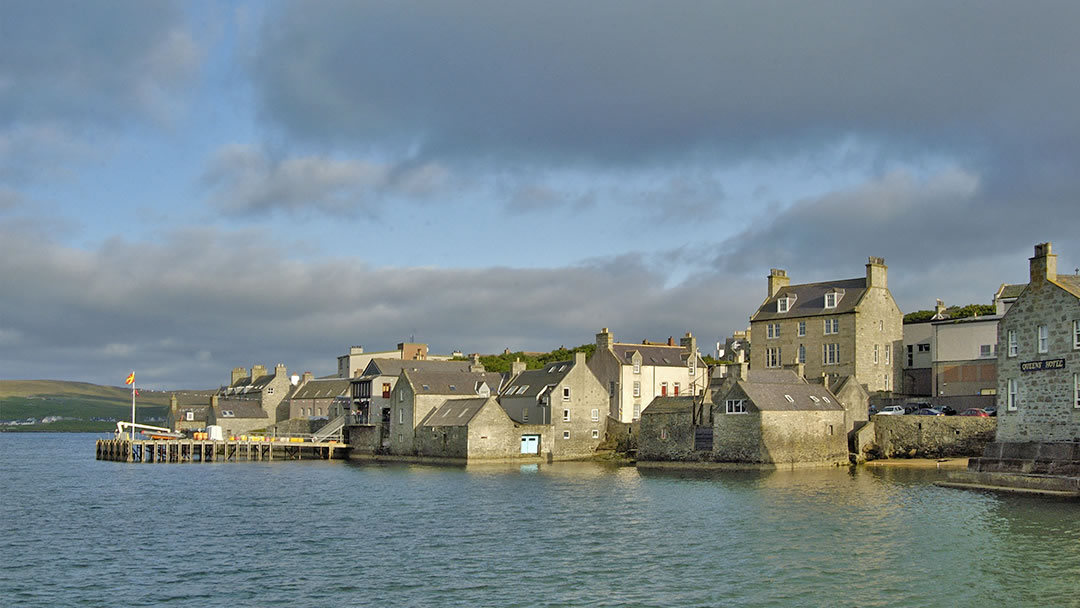
12. As Lerwick grew amidst the absence of town planning, many of the buildings were just ‘stuck in’ haphazardly as merchants jostled for a piece of the foreshore to trade.
But as time went on and cars became more common, it was recognised that a better route into the town centre was needed. The council, in the 1960s, took the decision to demolish all the houses in, what was, Sooth Kirk Closs and built, what is today called Church Road – a double road that allows traffic into the heart of the town. In order to build the road, there was a little collateral damage along the way…
As well as the overcrowded houses and flats that stood in Sooth Kirk Closs, the council also demolished a graveyard that sat between North and Sooth Kirk Closs – this is now the car park that runs parallel to Church Road. The council, in a bid to clear the space for car parking, asked locals to collect any loved one’s remains while the work was being carried out so that they could be laid to rest in an alternative plot.
You have to wonder, what is it with car parks in Lerwick? Interestingly, if you walk around the Masonic Lodge, you can still find paving slabs with ‘crosses’ incised on them that show where a grave once stood.
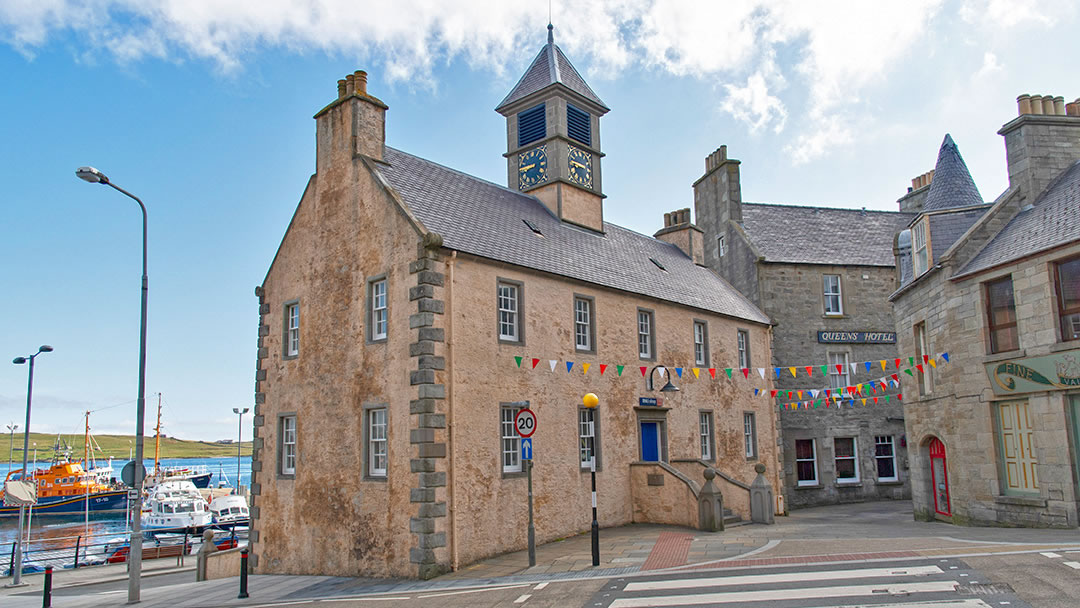
13. The Tolbooth is one of Lerwick’s most iconic buildings.
Sitting on Lerwick’s waterfront, it is instantly recognisable by its peach rendering and clock tower on top. Built in 1770 it was designated for collecting taxes and, over the years, has had a colourful and varied past to say the least. Of its numerous uses, it has been; a jail, ballroom, museum, archive, seaman’s mission, post office, and more recently, the headquarters for the RNLI (Royal National Lifeboat Institute), a charitable organisation that we are immensely proud to support in Shetland.
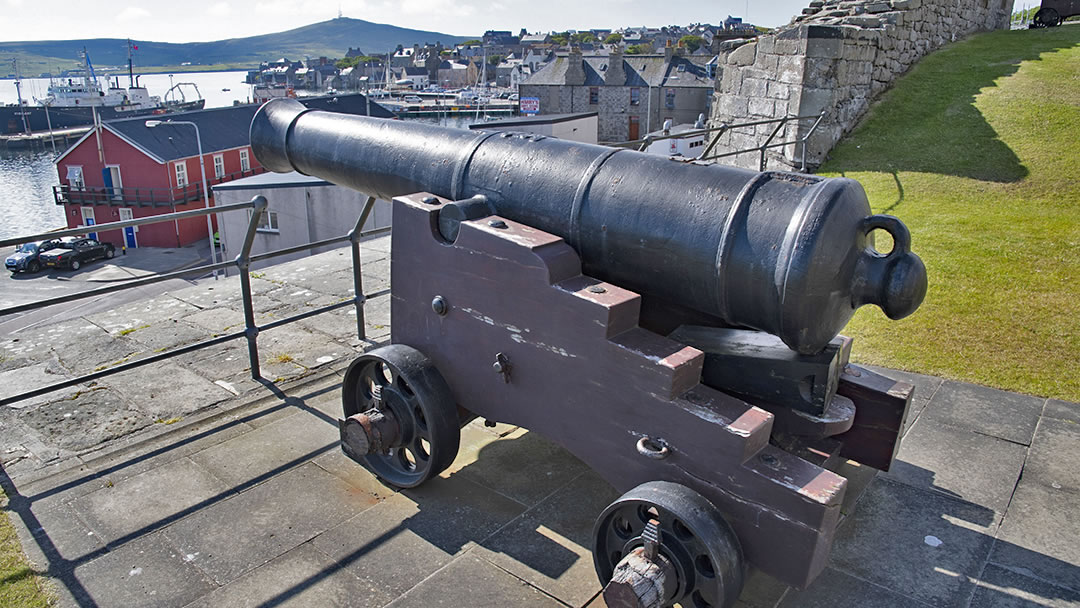
14. Fort Charlotte, once Lerwick’s protector, is an impressive place to stand and admire views across Lerwick and beyond to the island of Bressay.
An interesting fort, it is similar to Fort George in Inverness, being shaped like a pentagon with five-sides – indistinguishable now as the town has more-or-less swallowed it up in a bid to find space to build. Several attempts were made to build a fort in Lerwick, and it was burnt down twice. The fort that we see standing today was completed in 1781 and named after King George’s wife, Charlotte.
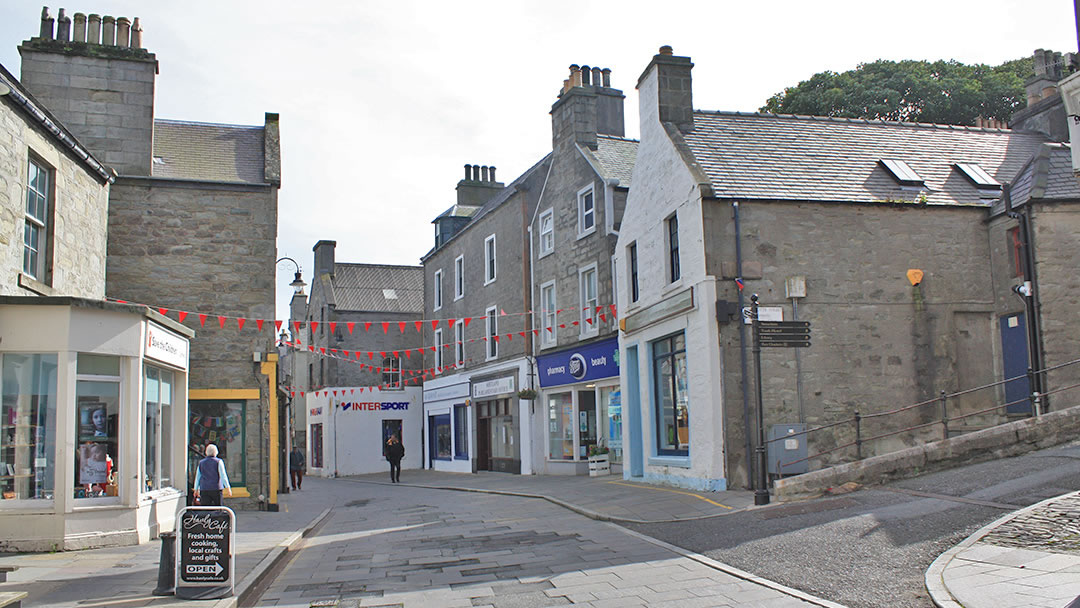
15. Last year, Lerwick was in the running for ‘Best High Street’ in Scotland.
It was voted second only to our neighbours in Kirkwall, Orkney, who scooped the top place. Anyone who has visited Lerwick’s main shopping street will understand why Lerwick ranked so highly. Paved with flagstones and filled with small, crooked buildings dating from the 18th and 19th century, the town has a colourful and interesting past that I hope I have illuminated in this blog post.
We look forward to welcoming you aboard the Hjaltland or Hrossey in the future, and hope that you too will enjoy sharing our wonderful town.
 By Laurie Goodlad
By Laurie GoodladBorn and raised in Shetland, Laurie loves the unique history and culture there so much that she started her own tour company offering visitors the chance to see the isles through the eyes of an islander. Find out more at www.shetlandwithlaurie.com
Pin it!
